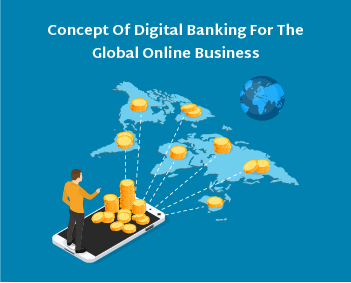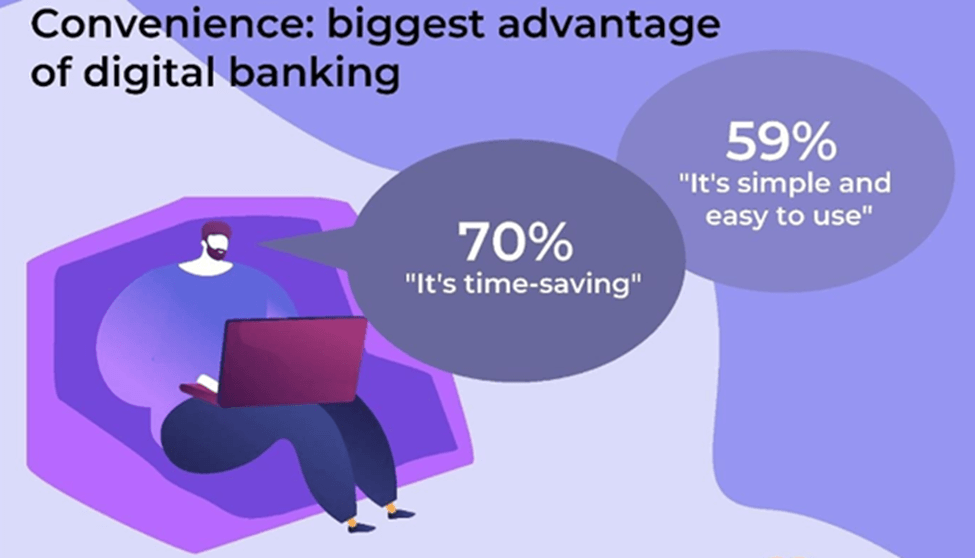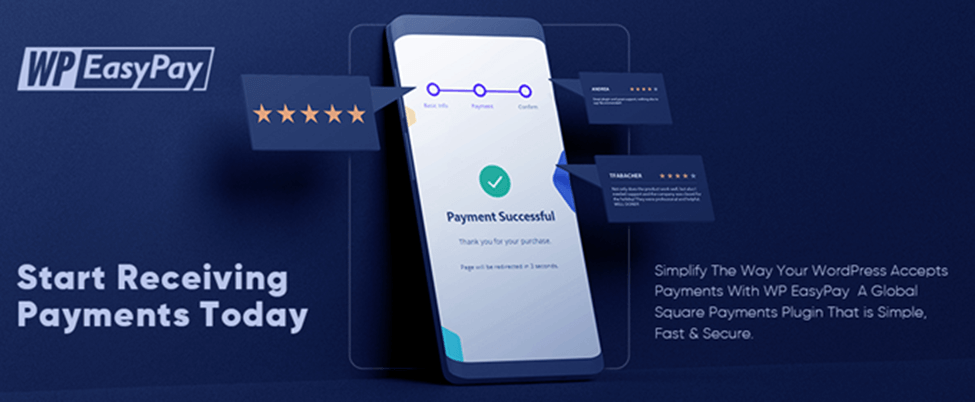Customers worldwide are reshaping their banking habits because of their mobile devices. They spend a lot more time online, researching, and making purchases via digital channels. They’re doing banking without going to a bank, and it’s working.
Growing demand for digital channels rewards banks that can achieve clients’ expectations. Banks require a broad spectrum of omni-channel digital banking solutions to acquire and serve all of their clients, not only those who are accustomed to digital banking but also those who would have previously preferred to utilize a branch.
Based on recent reports and case studies, nearly 50% of banks have an omnichannel strategy.
What Is Digital Banking, And How Does It Work?
Digital banking offers financial services outside of typical bank branches, sometimes through agents and the transmission of transaction data through information and communication technology. Card-reading POS terminals and cell phones are classic examples.
A Journey Towards Digital Banking
First Digital Bank In 1984
First-generation direct banks offered phone banking so customers could avoid branches and ATMs. Girobank in the UK introduced this initiative in 1984, which grew in the 1980s and 1990s.
The 2000s Era Bring Mobile Banking
According to the Economist, CASH, one of humanity’s most valuable and long-lasting innovations, will be replaced in 15 years by a stream of ones and zeros. Mobile banking will replace metal and paper, the article says.
2007-02 Economist
Dual-Factor Authentication in 2003
In the 2003s, Dual-Factor authentication was used by a key fob that generated a new code every 60 seconds. Banks worked with RSA SecurID hardware, which dominated the two-factor authentication in the banking industry.
Refining Digital Banking Amidst COVID-19
Recent technological advancements in digital banking and online businesses have led to the emergence of the concept of “Branchless or Contactless” banking. The recent COVID-19 pandemic has drastically revolutionized digital businesses, multinational corporate ventures, industries, and agencies unanimously. The typical unfolding situation has forced everyone to learn and adapt how to respond to the ongoing crisis. However, the banking sector’s disruption has heavily impacted how consumers do their banking and financial transactions.
Banks have largely invested in digitizing their business operations and adapted the overall infrastructure to respond to COVID-19-led transformations as individuals set up the “new normal” trend. It also seems that digital banking is well on its way to catching up with the rate of adaptability.
This trend will create a massive demand for digital banking operations and services. You can start offering digital banking solutions for your digital business by building a digital banking solution. Hence, this blog sheds light on how digitalization patterns in digital banking will be used as a growth catalyst in the online banking industry.
Let’s start talking about how to bring a lot of passion and ideas to the digital banking environment.
Revolutionizing Digital Banking Post-Covid-19 Pandemic
In this digital era, it has been observed that staying productive and maintaining continuity has become the top-most priority for multiple banks. After the COVID-19 pandemic, this priority has become a huge need for banks, as the need to avoid direct touch is changing quickly and in a way that makes it hard to keep up.
This is why banks have taken a paramount approach to automate their operations. However, automation is not the only aspect that banks are tempted to consider, and there are various reasons why conventional banks should consider digital banking systems.
Shifting Towards “Branchless” Trends
Several financial institutions and banks are transforming their digital landscape because of the post-COVID ’19 pandemic to have the edge over the seamless competition. Therefore, the banking industry involves multiple digital services using mobile banking, open banking, and WhatsApp or Telegram banking.
When we talk about the potential of the segments mentioned above, we can say that all these segments have massive potential. According to recent reports, it has been estimated that over 89% of participants have acknowledged that they are active users of mobile banking.
It has also been reported that open banking users will reach approximately 133.3 million by 2024.
Apart from such circumstances, WhatsApp has also affirmed its intention to take a step into the banking sector.
Based on recent news, WhatsApp has approximately 2 billion monthly active users across the globe.
Leveraging Customer Relationships Via Digital Tools
Nowadays, consumers leave, and selecting a new bank is an emerging trend based on the post-pandemic. It also triggers the need for the banks to get further long-term resources and build relationships with their potential customers. An industry developed with a human connection at multiple branches, banks, and credit card companies tends to face the challenge of keeping customers engaged in an era of digital banking and social distancing.
Apart from customer retention, the customers in this changing environment provide multiple tools, resources, and services as an integral part of the customer and usability experience.
Integrating Online Payment Gateways
The use of integrated online payment gateways is increasing rapidly to make things safe and secure for the cashiers. Consumers transitioning towards branchless payment systems can also leverage consumer data transactions. For example, customers make purchases via the Square Payment Gateway for the WordPress plugin via a credit card or mobile wallet.
The merchant instantly receives the customer’s email address from the last time they paid with the card on a Square POS, allowing you to send an email receipt or sign up for the loyalty program. Shifting towards branchless POS would also save a sufficient amount of cash that would make you deal with the measurement and transportation costs.
For instance, WP EasyPay is an integrated WordPress plugin that enables you to add the Square Payment Gateway to your WordPress website within a few minutes. It simply generates dynamic buttons via shortcodes that will allow payment forms on your WordPress-enabled site using your Square account.
This plugin works well for accepting multiple square payments, subscription-based recurring payments, and donations. It also assists users in managing square transaction notes, operating reports, and generating email notifications making branchless transactions using the Square Payment Plugin, as the industry-oriented professional highly recommends for cashless payments.
Conclusion
The gradual growth of digital banking systems has changed the way people think about branchless or cashless payment systems in the global marketplace. Therefore, the above discussion shows that Square Payment Gateway focuses on digital banking or cashless payments. Consumers are moving toward digital payment methods that don’t involve cash because they are more reliable and faster.




